The landscape of legal recognition for hair heritage within anti-discrimination statutes is a vibrant, living testament to the ongoing journey of self-affirmation and the assertion of cultural identity. It is a story not simply of legislative acts, but of ancestral wisdom asserting its rightful place in the present, of historical struggles echoing through contemporary classrooms and boardrooms, and of the profound connection between how hair grows from our scalp and how we stand in the world. For those whose lineage traces back through the rich, varied textures of Black and mixed-race hair, this legal movement is akin to a gardener tending to roots long dismissed or even condemned, allowing them to draw sustenance and flourish openly, authentically.

Roots
The very fiber of our being, the spiraling helix of our hair, carries with it a story as ancient as humanity itself. For centuries, the varied textures of Afro-descended hair have served as markers of community, symbols of status, declarations of spiritual alignment, and artistic expressions. Each coil, each twist, each loc tells a tale of resilience, of wisdom passed across generations, and of an enduring spirit that refused to be diminished, even in the face of profound adversity.
Yet, this profound connection to self, this visible heritage, has also been a battleground. For too long, the natural inclinations of textured hair have been deemed unprofessional, unruly, or simply “other,” forcing countless individuals to mask their authentic selves or risk livelihoods and educational paths.

A History of Suppressing Hair Heritage
The subjugation of textured hair has a long, painful past, deeply interwoven with systemic efforts to dismantle identity. Consider the stark example of the Tignon Laws in 18th-century Louisiana. Free Black and Creole women, known for their elaborate and distinctive hairstyles adorned with jewels and feathers, drew significant attention. This visual expression of their cultural autonomy and beauty was perceived as a societal threat.
In response, Governor Esteban Rodríguez Miró, under directive from Charles III of Spain, issued an edict in 1786 demanding that women of African descent cover their hair with a tignon, a simple headscarf, a symbol typically associated with enslaved women. This act sought to visibly mark them as distinct from white women, undermining their social standing and asserting control over their self-presentation. While the laws themselves faded, the underlying sentiment of policing Black hair endured, shifting forms but persisting in its aim to enforce Eurocentric beauty ideals.
The echoes of such historical mandates continue into modern times. Even after the Civil Rights Act of 1964 prohibited employment discrimination based on race, courts often narrowly interpreted these protections, excluding hair texture or protective styles from their purview. This legal lacuna allowed a subtle, yet deeply damaging, form of racial bias to persist, impacting school children as young as five years old and adults in professional settings. Black students, for example, faced disproportionate disciplinary actions, including suspensions, for wearing culturally significant hairstyles such as locs, twists, or Afros.
The profound mental and emotional toll of these policies cannot be overstated. A 2020 report from the American Civil Liberties Union (ACLU) states that Black students, despite comprising only 15% of the U.S. public school student population, accounted for 45% of all school suspensions related to hair dress code violations. This statistic is a chilling reflection of how appearance mandates often serve as conduits for racial discrimination, placing young people on a path toward academic and social disenfranchisement.
The story of legal recognition for textured hair is a chronicle of ancestral expression reclaiming its rightful place against historical erasure.

What is the CROWN Act and Its Origin?
In recent years, a powerful movement has arisen to directly address this historical injustice ❉ the CROWN Act. The acronym stands for Creating a Respectful and Open World for Natural Hair. This legislative initiative seeks to amend existing anti-discrimination laws, explicitly including protections against discrimination based on hair texture and culturally significant hairstyles. The goal remains straightforward ❉ ensure that no individual faces denial of opportunities in employment, education, housing, or public accommodations because of the way their hair naturally grows or is styled as an expression of their racial identity.
The CROWN Act explicitly protects a range of styles deeply rooted in Black and mixed-race heritage, including locs, braids, twists, Bantu knots, and Afros. It also affirms the right to keep hair in an uncut or untrimmed state, recognizing that certain textures and protective styles require specific care and maintenance that may not conform to Eurocentric ideals of “neatness” or “professionalism”. California played a pioneering role, becoming the first state to sign the CROWN Act into law in July 2019, amending its Fair Employment and Housing Act and its Education Code to clarify that race includes “hair texture and protective hairstyles”. This landmark action set a precedent, inspiring similar legislative efforts across the nation.
This law serves as a beacon, guiding us toward a future where the innate beauty of textured hair is celebrated, its heritage respected, and its presence in all spaces affirmed without question. It reminds us that our hair is not merely a collection of strands, but a living connection to who we are and where we come from.
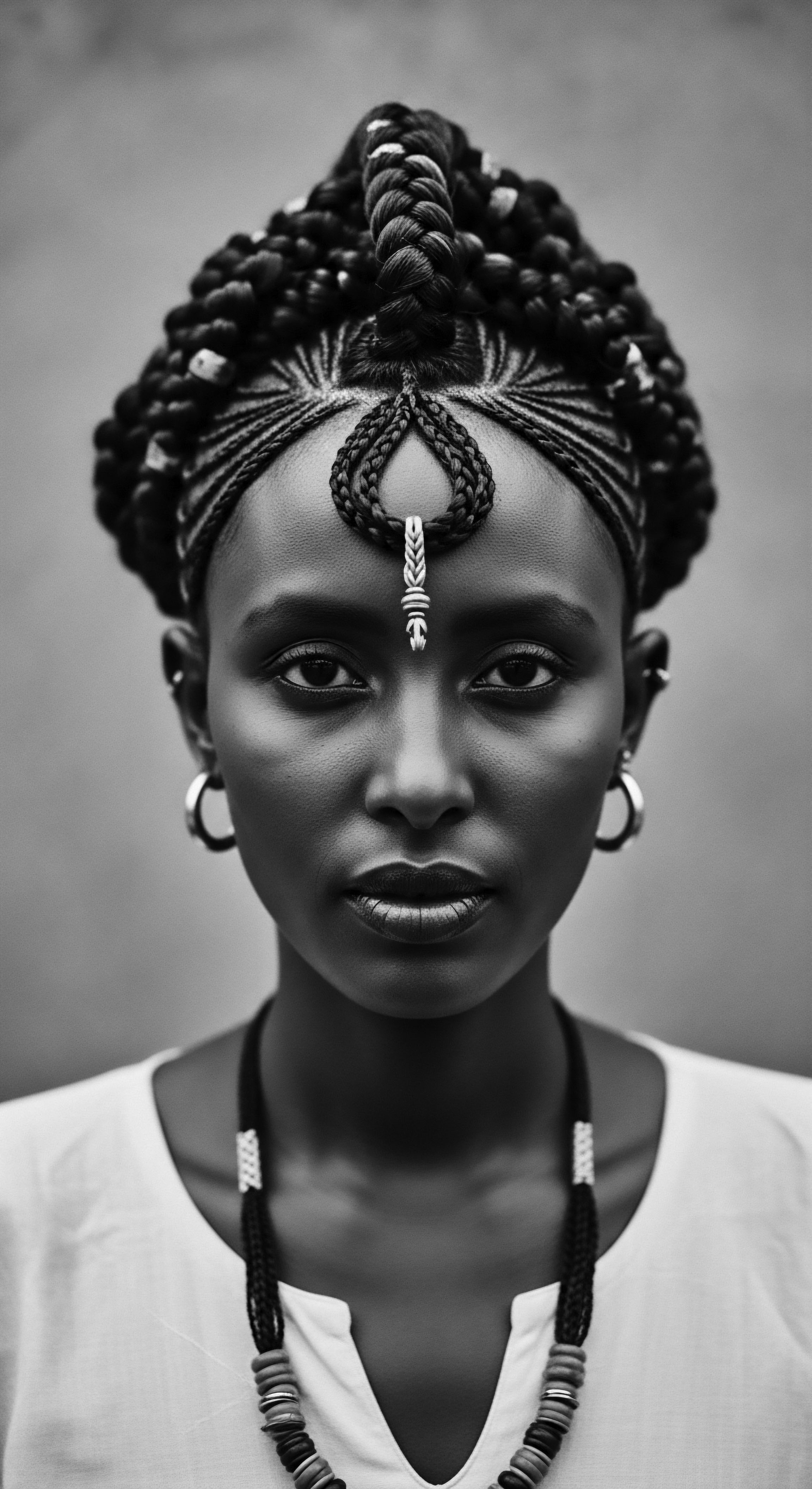
Ritual
The recognition of hair heritage in anti-discrimination statutes represents a profound societal ritual, a collective step towards honoring identities historically marginalized. It is a legislative performance, an unfolding of legal protections that acknowledge the intimate connection between hair, selfhood, and ancestral practices. For many, the very act of wearing one’s natural hair or a protective style is a daily ritual, a mindful practice of self-care and cultural affirmation that carries generations of wisdom. The CROWN Act, in its various state forms, aims to shield these practices from external judgment and punitive measures.
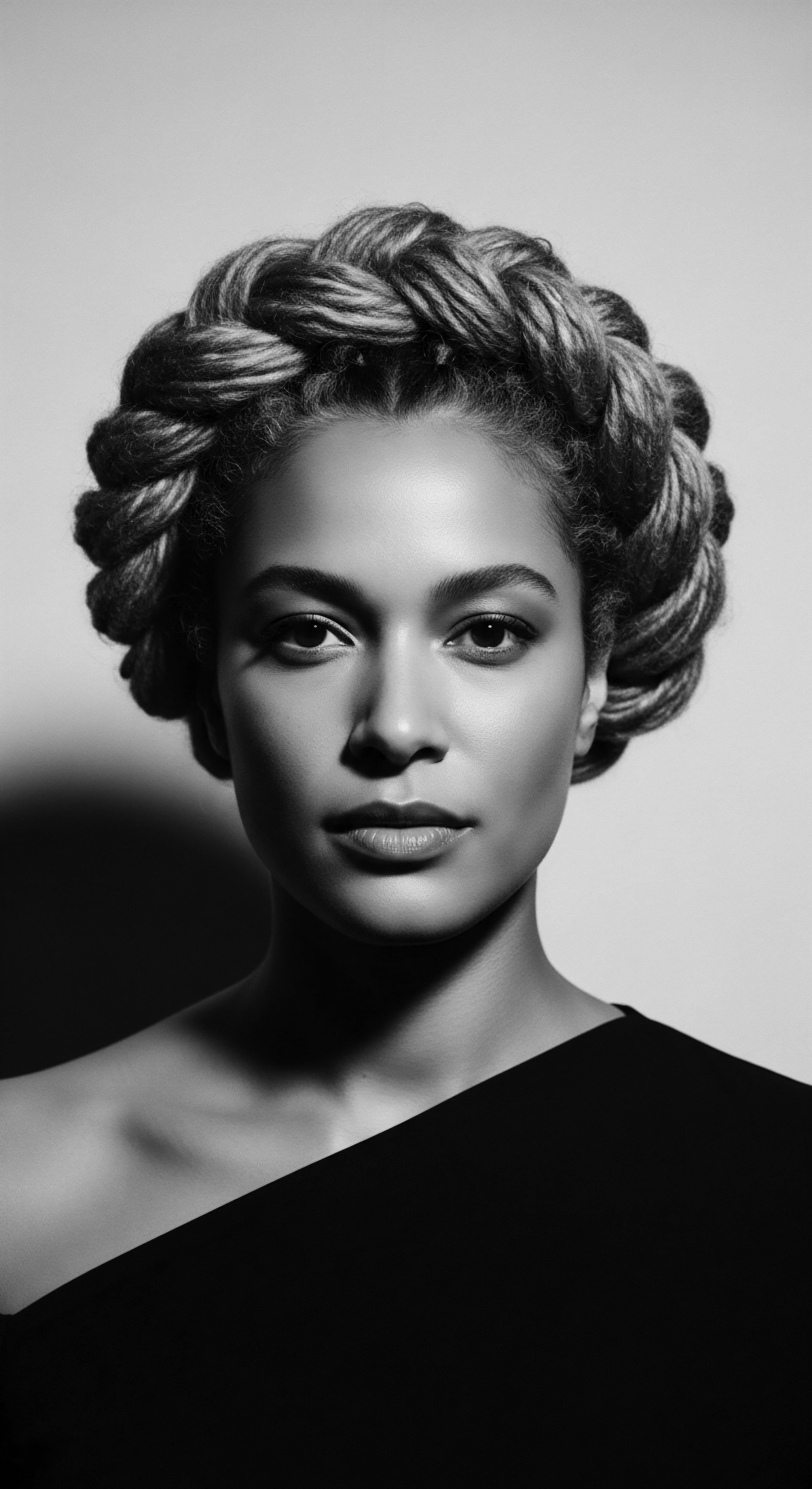
Which States Have Adopted Hair Heritage Protection?
The movement has gained considerable momentum, witnessing a steady expansion across the American landscape. As of June 2025, a significant number of states have recognized hair heritage through the adoption of the CROWN Act or similar legislation. These states have understood that discrimination against natural hair and protective styles constitutes a form of racial discrimination.
| State Alaska |
| Enactment Status Law enacted, including educational discrimination. |
| State Arizona |
| Enactment Status Law enacted; Executive Order also issued prohibiting discrimination by state agencies and contractors. |
| State Arkansas |
| Enactment Status Law enacted. |
| State California |
| Enactment Status First state to enact, July 2019. |
| State Colorado |
| Enactment Status Law enacted, protecting hair texture, type, protective styles, and headwraps. |
| State Connecticut |
| Enactment Status Law enacted, race inclusive of ethnic traits like hair texture and protective hairstyles. |
| State Delaware |
| Enactment Status Law enacted. |
| State Illinois |
| Enactment Status Law enacted; expanded protections in childcare, juvenile detention facilities, youth in care, foster/adopted families. |
| State Louisiana |
| Enactment Status Law enacted. |
| State Maine |
| Enactment Status Law enacted. |
| State Maryland |
| Enactment Status Law enacted, covering traits associated with race, including hair texture and certain hairstyles. |
| State Massachusetts |
| Enactment Status Law enacted. |
| State Michigan |
| Enactment Status Law enacted. |
| State Minnesota |
| Enactment Status Law enacted. |
| State Nebraska |
| Enactment Status Law enacted. |
| State Nevada |
| Enactment Status Law enacted. |
| State New Jersey |
| Enactment Status Law enacted. |
| State New Mexico |
| Enactment Status Law enacted. |
| State New York |
| Enactment Status Law enacted, recognizing Black hairstyles as protected racial characteristics. |
| State Oregon |
| Enactment Status Law enacted, explicitly prohibiting discrimination based on physical characteristics historically associated with race. |
| State Tennessee |
| Enactment Status Law enacted. |
| State Texas |
| Enactment Status Law enacted, effective September 1, 2023. |
| State Vermont |
| Enactment Status Law enacted, April 2024. |
| State Virginia |
| Enactment Status Law enacted, expanding definition of racial discrimination to include traits historically associated with race. |
| State Washington |
| Enactment Status Law enacted. |
| State Kentucky |
| Enactment Status Executive Order signed for state workers/applicants; builds momentum for legislation. |
| State New Hampshire |
| Enactment Status Law passed May 2024, effective September 1, 2024. |
The list of states with such protections is dynamic, reflecting an ongoing legislative process across the nation. Beyond these state-level mandates, numerous municipalities and local governments have also taken action, creating protective ordinances even in states where broader legislation has yet to pass. These local initiatives serve as important safeguards for their communities and contribute to the broader chorus advocating for federal legislation.
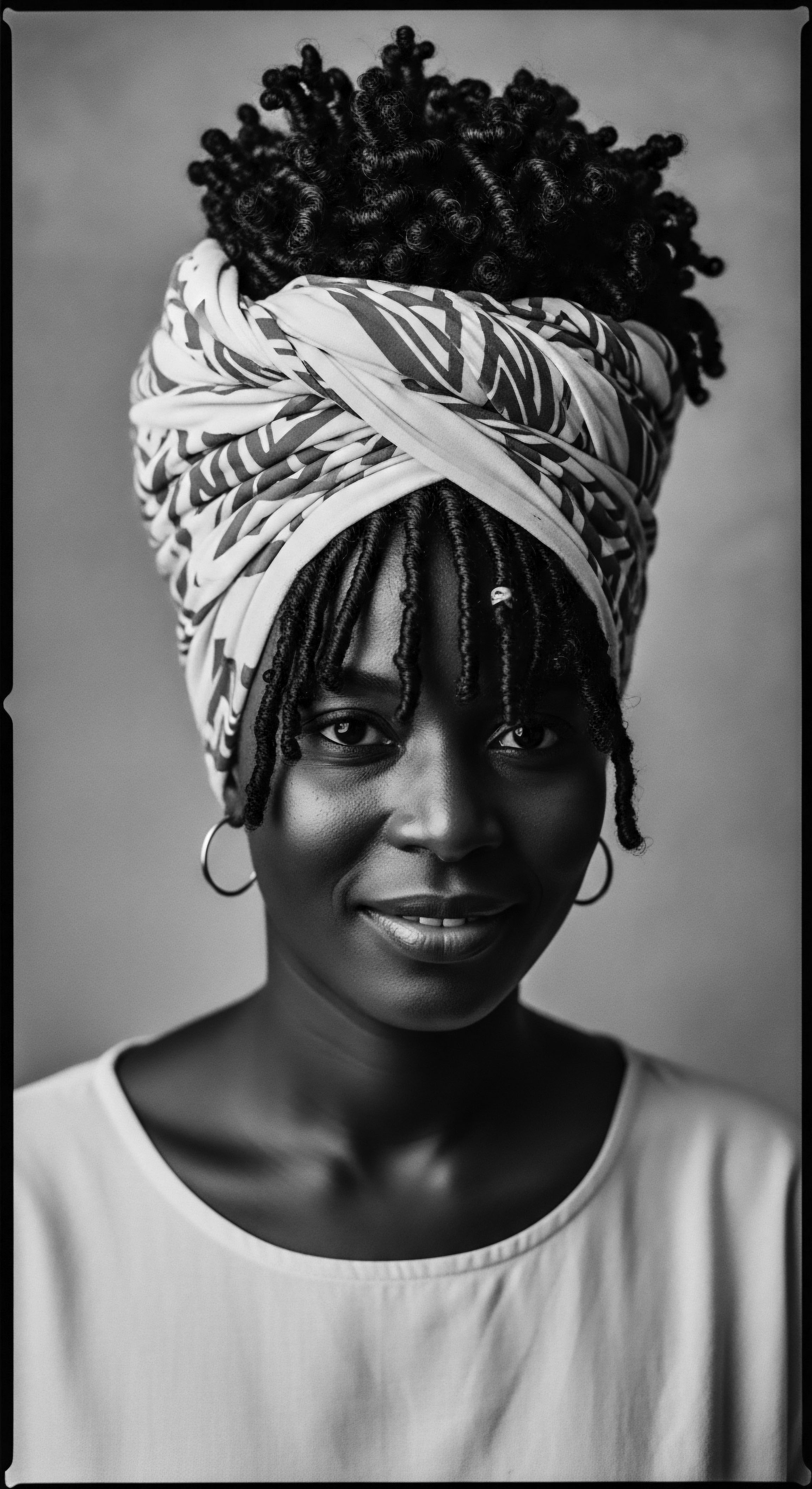
What Impact Does This Legal Shift Hold?
The passing of these statutes signals a formal recognition of what communities have known for generations ❉ hair is deeply tied to racial identity and cultural heritage. The shift moves beyond merely acknowledging diversity; it directly confronts the historical systemic biases embedded within institutional norms. For example, the Michigan State University and Duke University 2020 Study, “The Natural Hair Bias in Job Recruitment,” revealed that Black women with natural hairstyles were less likely to receive job interviews than white women or Black women with straightened hair, indicating a clear, measurable bias. This kind of deeply ingrained bias is precisely what the CROWN Act seeks to dismantle, ensuring that an individual’s professional capabilities are assessed without prejudice based on their hair’s natural state or cultural styling.
A 2019 study by Dove found that Black women were 1.5 times more likely to be sent home from the workplace due to their hair, with 80% reporting they felt they needed to change their hairstyle to align with more conservative standards to fit in at work. Such statistics paint a vivid picture of the pervasive pressure to conform to Eurocentric standards, often at the expense of one’s authentic identity. The legal mandates of the CROWN Act work to alleviate this burden, granting individuals the freedom to express their heritage without fear of professional or academic reprisal.
Hair discrimination statutes are a societal commitment to safeguarding the inherent dignity and ancestral expressions of textured hair.

The Interplay with Existing Anti-Discrimination Frameworks
While existing federal laws, such as Title VII of the Civil Rights Act of 1964, prohibit employment discrimination based on race, color, religion, national origin, and sex, these laws did not explicitly protect against hair texture discrimination. This oversight led to court rulings that often determined hair to be a “mutable” or changeable characteristic, therefore not inherently tied to race and unprotected. The CROWN Act directly addresses this interpretive gap, making it unequivocally clear that hair discrimination is a form of racial discrimination.
It expands the definition of race to encompass traits historically associated with race, including hair texture and protective hairstyles. This ensures that legal protections align with the lived experiences of Black and mixed-race individuals, affirming that their hair is an inseparable component of their racial identity.
The legislative process for these laws, often involving powerful advocacy from coalitions like the CROWN Coalition, reflects a shared determination to see ancestral practices respected within contemporary society. It is a testament to the idea that true equity necessitates not just tolerance, but a celebration of all expressions of human identity, particularly those that have historically faced suppression. The path to broader acceptance is long, but each state that signs a CROWN Act into law adds another stone to a bridge spanning the divide between past injustices and a future where hair heritage stands proudly, unrestricted.

Relay
The ongoing pursuit of hair heritage recognition in anti-discrimination statutes represents a vital relay race across generations, carrying the torch of cultural affirmation from ancestral beginnings to future possibilities. It is a continuous effort to ensure that the wisdom of our forebears, embedded within our hair’s very structure and our traditions of care, finds protection and resonance in modern legal frameworks. This pursuit extends beyond mere legislative acts; it encompasses a deep educational endeavor, bridging the chasm of misunderstanding that often shrouds textured hair and its profound cultural significance.

Unseen Burdens ❉ The Cost of Hair Conformity
The absence of protective statutes created an unseen economic and psychological burden for those with textured hair. Individuals often felt compelled to alter their hair chemically or mechanically to conform to prevailing Eurocentric beauty standards. This conformity often came at a cost, involving not only financial expenditure on products and styling tools but also potential damage to the hair’s inherent health. Chemical relaxers, for instance, historically used to straighten tightly coiled strands, brought with them risks of scalp burns, hair breakage, and long-term follicular harm.
The cycle of conforming, damaging, and then attempting to restore hair health became a silent tax levied upon those who simply desired to belong without sacrificing their natural presentation. A significant observation from a 2019 Dove study revealed that 80% of Black women reported feeling pressured to change their hairstyle to align with more “conservative standards” in the workplace. This stark figure underscores the pervasive nature of societal expectations and the invisible labor required to navigate them without explicit legal protection.
The lack of explicit protection also fostered environments where microaggressions against textured hair were commonplace. These subtle, often unintentional, expressions of prejudice contributed to feelings of alienation and inadequacy. Questions about the “professionalism” of locs or braids, unsolicited touching, or comments regarding “unruly” hair, while seemingly minor, accumulated to erode self-esteem and create a sense of not truly belonging in spaces of education or employment. The CROWN Act, by defining race to include hair texture and protective styles, provides a clear legal recourse against such biases, thereby validating the lived experiences of countless individuals and challenging deeply ingrained discriminatory perceptions.

How does the CROWN Act Bolster Cultural Identity?
The CROWN Act stands as more than just a legal instrument; it is a declaration of cultural sovereignty, a recognition that the outward appearance of textured hair carries an inner world of meaning. It fortifies cultural identity in several interconnected ways:
- Legitimization of Ancestral Practices ❉ By protecting styles such as Locs, Braids, and Bantu Knots, the Act formally legitimizes ancient and ongoing practices of hair care and styling rooted in African diasporic traditions. It affirms that these are not merely “trends” but expressions of deep cultural and historical significance.
- Promotion of Authenticity ❉ The legislation empowers individuals to present their authentic selves in professional and academic settings, free from the pressure to alter their natural hair for acceptance. This freedom supports mental and emotional wellbeing, fostering self-acceptance and pride.
- Dismantling Eurocentric Norms ❉ The Act directly challenges the unspoken assumption that only Eurocentric hair textures and styles are acceptable or “professional.” It works to de-center these narrow standards, creating space for a broader, more inclusive definition of beauty and professionalism within society.
- Educational Impact ❉ In educational settings, the CROWN Act shields young Black and mixed-race students from disciplinary actions related to their hair, allowing them to focus on their learning without the added burden of policing their identity. This helps to interrupt the school-to-prison pipeline often exacerbated by discriminatory grooming policies.
The ongoing legal struggles, such as the case of Darryl George, a Black student in Texas suspended for his locs despite the state having passed its CROWN Act, highlight that legislative change is but one step. The continuous enforcement and interpretation of these laws become the next critical phase, demanding ongoing vigilance and advocacy. The case of Chastity Jones, whose job offer was rescinded because she refused to cut her locs, and whose Supreme Court appeal was declined, illustrates the historical challenge of having courts recognize hair as an immutable racial characteristic. This history underscores the persistent need for explicit legislation like the CROWN Act to ensure that such instances of discrimination are no longer permissible.
The CROWN Act serves as a cultural bulwark, protecting not only individual expression but also the collective memory woven into textured hair.
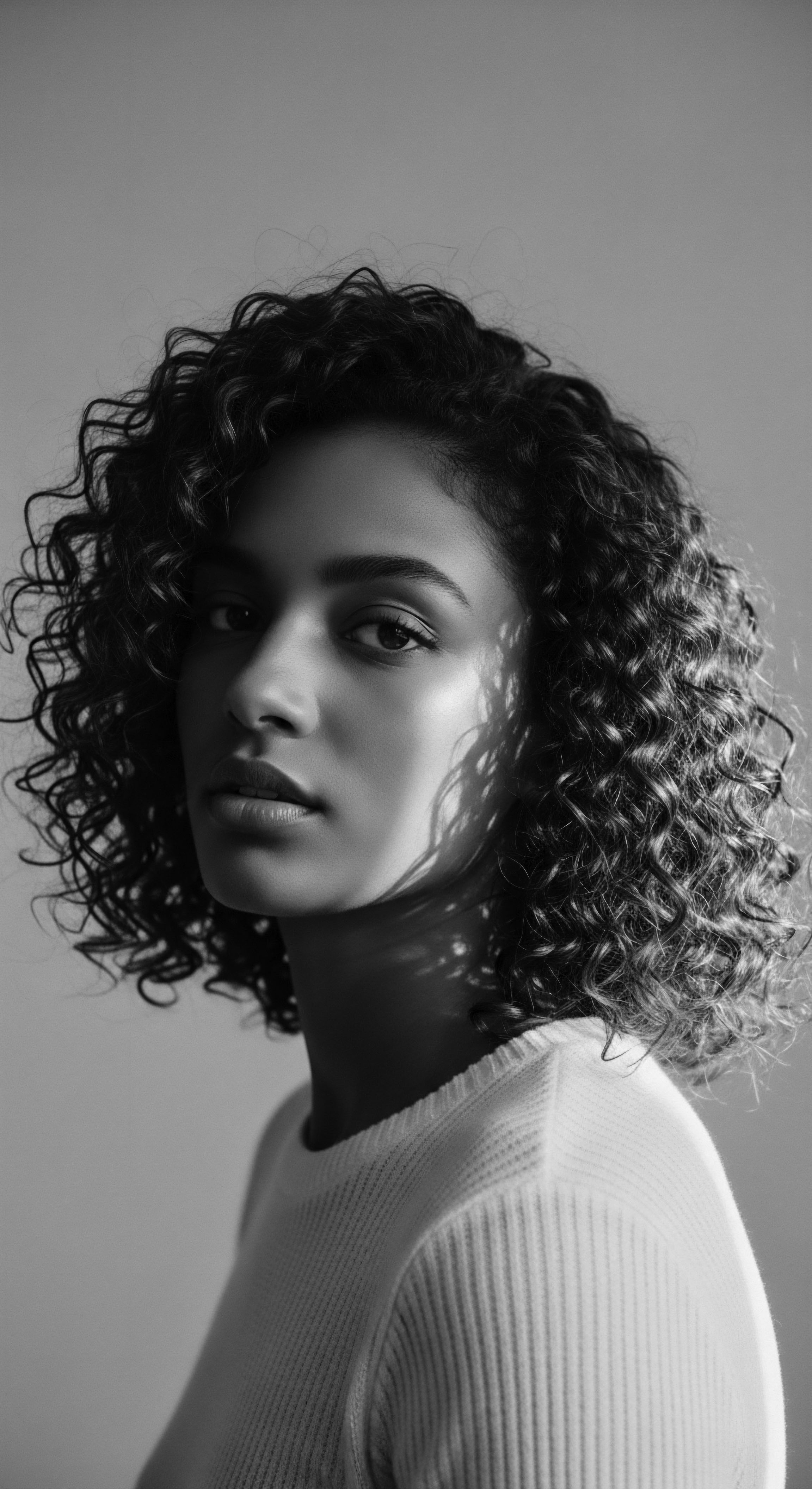
The Broader Context of Anti-Discrimination Statutes
The CROWN Act movement does not exist in isolation; it is part of a larger, continuing effort to define and defend civil rights. It addresses the subtle yet pervasive ways that systemic racism manifests, often through seemingly neutral policies that carry disparate impacts. The language of race, as it pertains to legal protections, is expanded by the CROWN Act to include cultural characteristics inextricably linked to racial identity. This broader understanding is essential for genuine equity, recognizing that discrimination can occur based on aspects of identity that are not always immediately obvious or that have historically been excluded from narrow legal definitions.
The federal level has seen attempts to pass a national CROWN Act, yet these efforts have stalled in the Senate, underscoring the fragmented nature of protections across the country. This fragmentation means that while a Black student in California might be protected from hair discrimination, a similar student in a state without the CROWN Act could still face disciplinary action, highlighting an uneven landscape of rights. The continuous advocacy for federal legislation aims to unify these protections, ensuring universal respect for hair heritage across all states and territories. This enduring pursuit is a testament to the deep-seated belief that one’s hair, an echo of ancestral roots, should never be a barrier to opportunity or belonging.
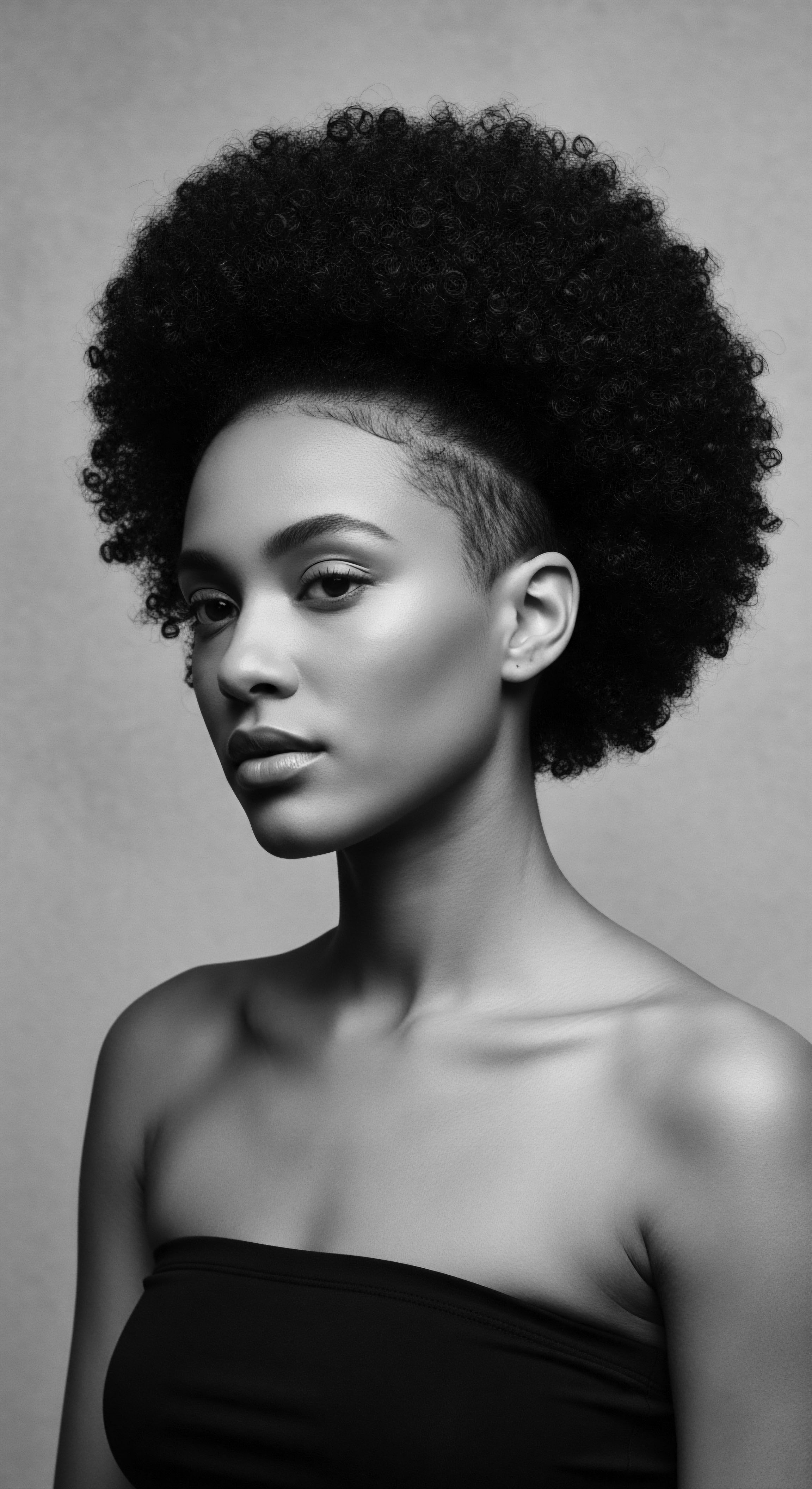
Reflection
The journey to secure legal recognition for hair heritage within anti-discrimination statutes is a profound meditation on progress, identity, and the timeless wisdom held within each strand. It is a testament to the enduring power of textured hair as a living, breathing archive of resilience, artistry, and cultural memory. From the subtle nuances of ancestral braiding patterns, whispered down through generations, to the bold statements of natural crowns in modern spaces, hair has always been more than mere biology; it has been a sacred script, penned by history, sculpted by community, and worn with profound reverence. The CROWN Act, in its varied forms across states, represents a societal acknowledgment that the soul of a strand carries an undeniable right to exist, unburdened by prejudice.
This legal movement invites us to reconsider what professionalism truly means, pushing beyond narrow, exclusionary frameworks to embrace a world where authenticity is valued, and cultural expression is celebrated rather than constrained. It calls for a deeper understanding of textured hair, not as something to be managed or tamed into submission, but as a biological marvel with unique needs and a rich heritage deserving of respect. As more states commit to these protections, a quieter, yet equally powerful, transformation takes place within hearts and minds.
The legal changes provide a framework, certainly, but the true shift lies in the collective consciousness—a growing awareness that to discriminate against hair texture is to deny a piece of history, a part of a person’s very being. This ongoing journey, while marked by legislative milestones, remains a continuous act of remembrance and an unfolding promise ❉ that the heritage of textured hair will forever stand, unbound and luminous, a testament to enduring beauty and strength.

References
- ACLU. (2020). Black students account for 45% of school suspensions related to hair dress code violations.
- Economic Policy Institute. (2023). The CROWN Act ❉ A jewel for combating racial discrimination in the workplace and classroom.
- Legal Defense Fund. (n.d.). Hair Discrimination FAQ.
- Legal Defense Fund. (2018). U.S. Supreme Court Declines to Review Major Employment Discrimination Case Targeting Natural Black Hairstyles.
- Legal Defense Fund. (2024). The CROWN Act.
- LexisNexis. (2021). Natural Hair is Good Hair ❉ The CROWN Act and Ending Hair Discrimination in the Workplace.
- McGill Journal of Law and Health. (2022). Afro-Hair and the Law ❉ The State of American and Canadian Law on Race-Based Hair Discrimination.
- NCDA. (2021). Natural Hair is Good Hair ❉ The CROWN Act and Ending Hair Discrimination in the Workplace.
- NPR. (2025). Congress reignites a bipartisan effort to ban hair discrimination.
- Oregon.gov. (n.d.). NATURAL HAIR DISCRIMINATION.
- Paycor. (2024). The CROWN Act ❉ Does Your State Prohibit Hair Discrimination?
- Poster Guard. (2024). 20+ States Now Ban Natural Hair Discrimination.
- Poster Compliance Center. (2025). Understanding Hair Discrimination Laws | The CROWN Act.
- Sequoia. (2020). Overview of State Bans on Hairstyle Discrimination.
- Wikipedia. (n.d.). Discrimination based on hair texture in the United States.
- Williams, Q. (2024). Black Hair as a Battleground ❉ From the DNC Stage to School Suspensions.
